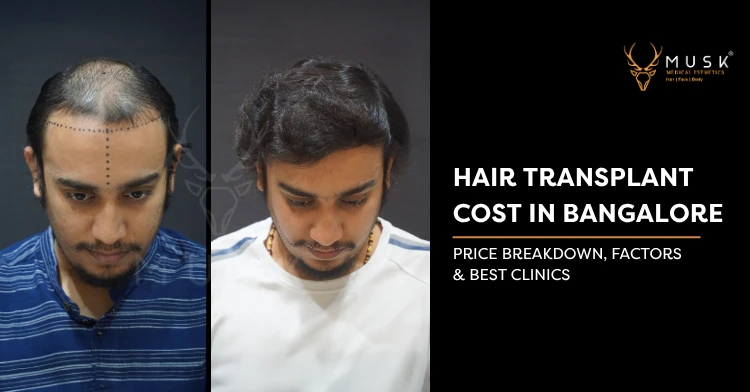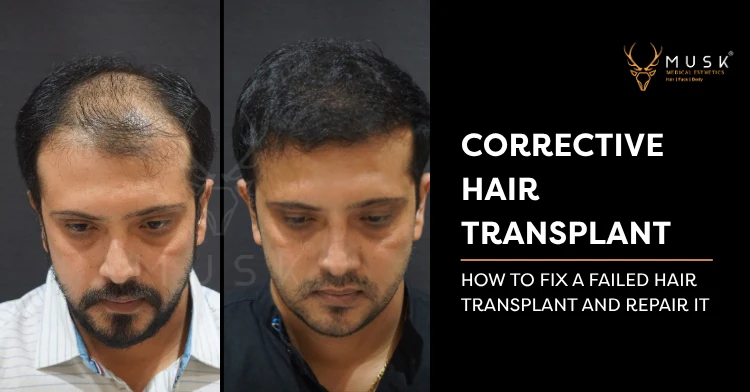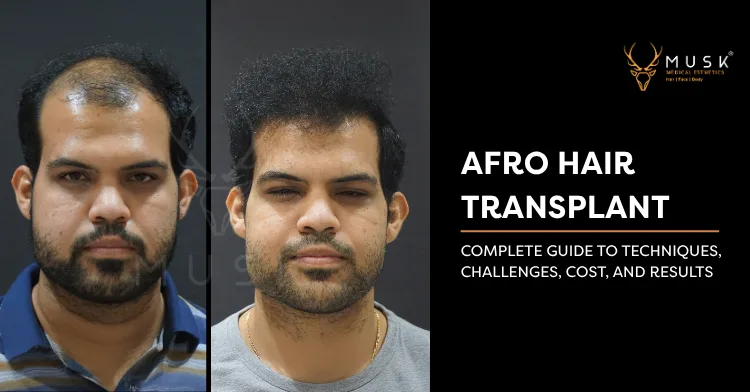Benefits of PRP Treatment for Hair Loss: What You Need to Know
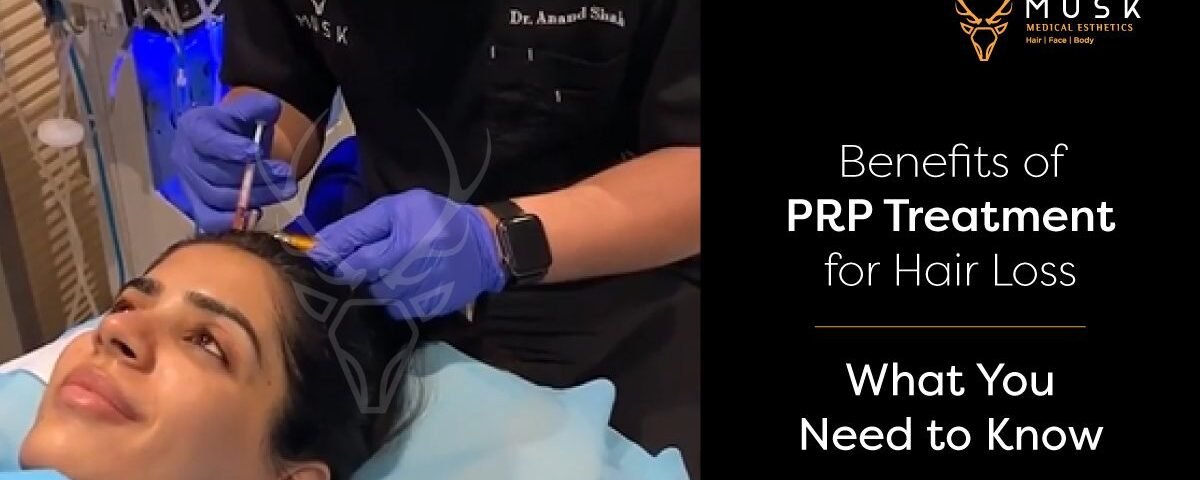
Nowadays, hair loss is becoming extremely common — affecting a higher number of men and women with balding or hair thinning.
Hair loss can significantly impact a person’s self-confidence. Though with so many best hair loss treatments available, there’s no need to be distressed about hair fall anymore.
One of these popular and effective hair loss treatments is PRP. Have you thought of injecting your own blood into your scalp to bolster hair growth? Well, PRP is all about that.
Platelet-rich plasma is the promising treatment opted to improve scalp health and boost hair growth. It is a great injectable treatment that involves reinjecting your own platelet-rich plasma into your scalp, delivering an abundance of growth factors that stimulate hair growth.
Here in this blog, learn what PRP treatment is, how it works, who it’s best suited for, with the top benefits of PRP treatment for hair loss.
What Is PRP Treatment For Hair Loss?
Platelet-rich plasma (PRP) is a concentrated plasma protein extracted from a patient’s own blood. The concentrated platelets are centrifuged and separated from blood components of red and white blood cells and plasma.
These platelets contain multiple growth hormones and cytokines that increase tissue rebuilding to stimulate healing and hair growth.
When PRP is injected into the scalp area, it restores blood flow, tissue regeneration, and new cell growth, mainly dermal papilla cells, which are vital for hair growth.
PRP injections activate natural hair growth and maintain it by boosting the supply of blood to the hair follicle and increasing the thickness of the hair fiber.
PRP Hair Treatment Process
PRP treatment for hair loss is a three-step process.
Step 1: Drawing of blood from the patient
The first step involved drawing 10 to 20 ml of blood from the patient. The blood is usually drawn from the arm and then put into a centrifuge machine that spins rapidly to separate the protein-rich plasma.
Step 2: Separation of platelets from the blood
After around 10 minutes in the centrifuge, the blood separated the platelets from the blood components. The blood is separated into three layers, i.e., platelet-poor plasma, platelet-rich plasma, and red blood cells.
Step 3: Injecting platelet-rich plasma into the scalp
Lastly, the platelet-rich plasma is drawn up into a syringe and carefully injected into the innermost layer of the scalp area that needs to be treated.
Roles Of Pro-Active Components Of PRP
Following are the pro-active components present in PRP that are essential for boosting hair growth.
- Platelet-derived growth factor (PDGF)
- Epidermal growth factor (EGF)
- Insulin-like growth factor (IGF)
- Vascular endothelial growth factor (VEGF)
Below are the advantages of these components:
- VEGF, EGF: Strengthens hair
- PDGF, VEGF: Increases hair diameter and lessens fat dandruff on the scalp
- EGF: Darkens hair
- IGF, PDGF: Promotes cell proliferation
What Are the Benefits of PRP for Hair Loss?
Non-Invasive Hair Restoration Treatment:
Unlike hair transplants, PRP treatment for hair loss is a non-surgical and minimally invasive treatment. It helps boost hair growth without going through painful procedures. Your cosmetic surgeon will only use a needle for removing your blood which will be injected into the scalp area. Minor bruising and redness at the treated are recovered quickly compared to surgical procedures.
Natural Looking Results:
PRP promotes natural hair growth by stimulating inactive hair follicles. The PRP hair treatment results are completely natural, as PRP therapy involves the use of your own platelets to treat hair loss.
Treats Root Cause:
PRP treatment treats the main root cause of your hair loss. The treatment activates inactive hair follicles and promotes thick, natural, and long-lasting hair growth.
Customized PRP Treatment:
PRP treatments can be individualized as per the patient’s concern. After the proper evaluation of your hair loss, a customizable PRP treatment plan is created to address your unique needs and deliver the best results.
Convenient:
Hair loss treatment with PRP is not only non-invasive but consumes very less time to do the therapy. A PRP treatment session generally takes only around an hour to perform and doesn’t have any downtime. You can go back to your normal routine the same day.
Completely Safe:
PRP is one of the safest hair treatments because it uses your own blood cells for addressing hair concerns. This also eliminates the risks of allergic reactions.
Long-Lasting:
The PRP hair treatment results may take 3 to 4 weeks to appear but last long. PRP results commonly last 12 to 18 months after taking several sessions.
PRP Treatment For Hair Side Effects
PRP therapy includes injecting your blood into your scalp area so you aren’t at risk of obtaining any communicable disease. However, some hair side effects that can be caused due to PRP hair treatment are injury to blood vessels, infection, and scar tissue.
Another thing to keep in mind before undergoing PRP therapy is to submit all your medications, including supplements and herbs, to avoid any side effects.
Who Is The Right Candidate For PRP Treatment?
PRP hair treatment is ideal for younger individuals who choose to address their hair concerns earlier while their hair follicles are inactive but alive.
You might not be suitable for PRP therapy if you are a heavy smoker and take blood thinners. Moreover, you will not be the right candidate if you have a medical condition such as
- Cancer
- Chronic Liver & skin disease
- Diabetes
- Acute or chronic infections
- Hemodynamic instability
- Hypofibrinogenemia
- Metabolic disorder
- Platelet dysfunction syndromes
- Systemic disorder
- Low platelet count
- Thyroid disease
How Much Does PRP For Hair Loss Cost In Ahmedabad?
The cost of PRP hair treatment in Ahmedabad depends on the patient’s hair concern and other factors, such as the addition of nutritive components and more.
Consult with Musk Clinic to receive an accurate cost estimate for PRP therapy after a thorough evaluation of your case by our expert team of doctors.
Is PRP Hair Treatment A Permanent Solution?
The results of PRP hair treatment last for 1 year. However, the patient may need to undergo multiple PRP sessions to get the desired result.
PRP treatment might not be the permanent solution but is an effective hair loss treatment that helps restores hair follicles and their ability to regrow
Why Choose Musk Clinic For PRP Hair Treatment?
PRP treatment is one of the best hair loss treatments for treating people suffering from hair loss.
But just like choosing the right hair loss treatments, it’s important to choose the right doctor to get the desired PRP results without any side effects.
At Musk Clinic, we have board-certified cosmetic surgeons experienced in performing the best PRP treatment. Under the hands of our professional experts, you can expect naturally growing hair with 100% satisfactory results.
To book an appointment for your PRP hair treatment, click here.
Read More:
- PRP Treatment For Boosting Beard Growth In Ahmedabad
- FUE Vs. FUT Hair Transplant: Which Is The Best Method For Hair Transplant?
- The Ultimate Guide for Stopping Hair Thinning in Men and Women
